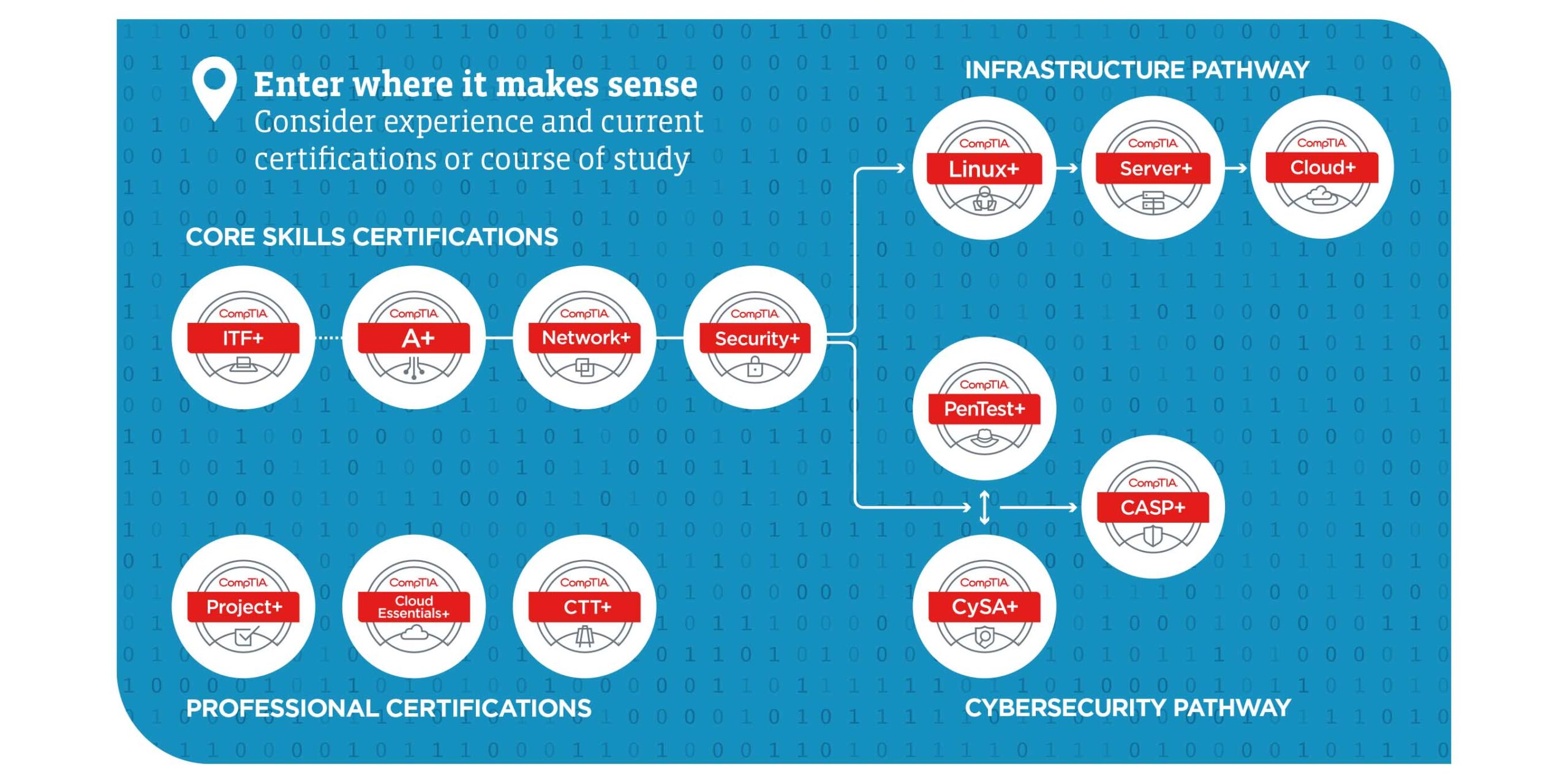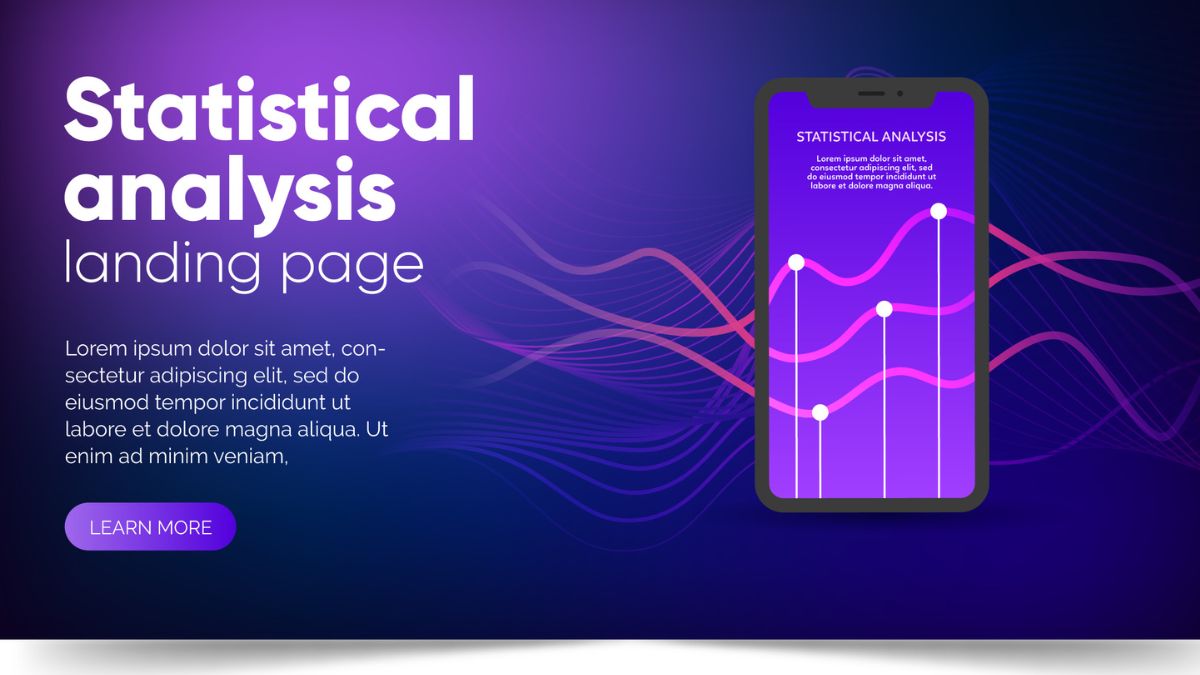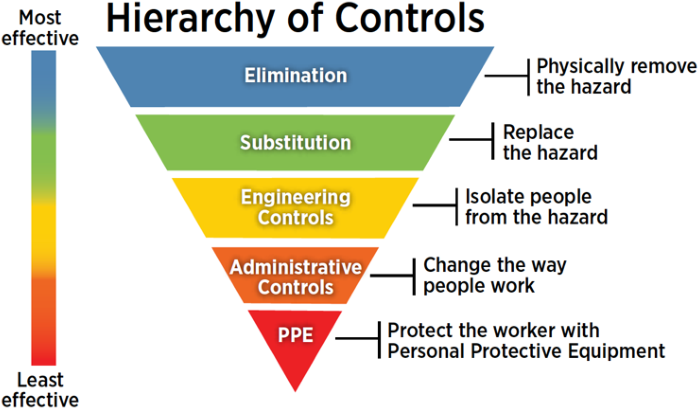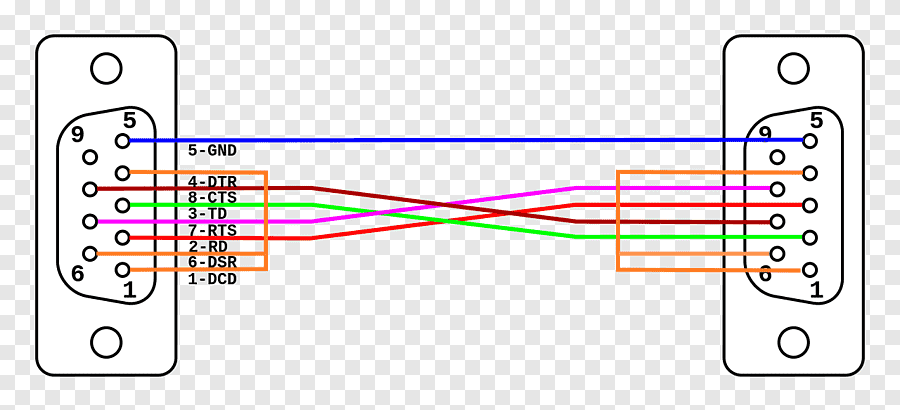
MEDR is an acronym for Multi-Entity Data Repository; it encompasses a term that deals with information asset storage and management mechanisms from different sources or entities. In contrast to a conventional database, which could be associated with a limited set of information or a definite class of information only, the MEDR systems are designed to process data from multiple sources and kinds that are typically non-related.
Key Components of MEDR:
Data Integration Layer: This component is charged with the role of combining the various entities for data. It very often encompasses tools and technologies for data extraction, transformation, and loading (ETL).
Centralized Data Repository:
The central area of MEDR at which integrative data is archived. This can be a database, a data lake, or both a database and a data lake, depending on the choice of the organization.
Data Management Tools: Some of these are data cleaning tools, data normalization tools, and data enrichment tools to enhance data credibility.
Analytics and Reporting Framework: Enables the ability to review all the consolidated data and provide reports out of the data. It sometimes incorporates business intelligence tools and dashboards.
Security and Compliance Mechanisms: Policies and measures that guarantee the protection of the data and its adherence to the established laws and rules.
Applications of MEDR
That is why MEDR systems are widely used in many different fields and industries. Here’s a closer look at how MEDR is applied in various sectors: Here’s a closer look at how MEDR is applied in various sectors:

1. Healthcare
Data Integration:
Consequently, in the context of healthcare, MEDR can work with electronic health records, laboratory data, and images, as well as patients’ histories from different sources.
Patient Care:
The integration of patients’ data enables a great view of their health status, which enhances the identification of the right diagnosis and treatment regimens.
Operational Efficiency:
MEDR has the additional bonus of aiding with administrative functions, such as billing and compliance reports, since there is a single data point regarding operations.
2. Finance
Risk Management: Lenders apply the MEDR technique to integrate transaction information, market feeds, and customers’ characteristics. The above integration helps to discover some risks and instances of fraud.
Regulatory Compliance:
In the capacity of managing the institution’s finances, compliance with financial regulations is attained in that information from various sources is reported and audited through MEDR.
Customer Insights: Thus, the financial institutions can provide value-added services to the clients based on the consolidated databases and, therefore, increase the level of customer satisfaction.
3. Retail
Customer Experience:
ME DR retailers employ the system in consolidating data from POS, web sales, and customers’ feedback. Such a broad approach proves useful when developing marketing strategies and enhancing the approaches to customers.
Inventory Management:
With the help of such systems, retailers can control their stocks and update data on product sales, stock positions, and the activity of delivery chains.
Sales Analysis:
A range of sources is used to collect information that will help retailers identify sales performance and customize pricing policies.
4. Manufacturing
Supply Chain Optimization:
It works by expanding the control of data from suppliers, production lines, and distribution channels for manufacturers. This integration enhances the visual enhancement in the logistics and supply chain.
Quality Control:
In this system, information about quality inspections and the production process is combined in such a way that quality problems are easily detected.
Predictive Maintenance:
With MEDR systems, it is possible to track information about machinery and equipment and predict the time for maintenance, further decreasing clients’ losses due to equipment failure and increasing the lifespan of the machinery.

Benefits of MEDR
The adoption of MEDR systems offers several significant advantages: The adoption of MEDR systems offers several significant advantages:
1. Improved Data Integration
Cognitive computer applications, particularly MEDR systems, are optimal when handling multiple data sources because they offer a consolidated information view. It also enhances improved decision-making because organizations will be in a position to gather large amounts of data.
2. Centralized Data Management
Through this arrangement, MEDR systems’ inherent data management activities are made easier based on data storage centralization. This centralization minimizes the exercise of having to deal with data scattered in various systems and a mess of hierarchy.
3. Enhanced Analytics
MEDR systems make it possible for new and superior analytics since they offer a combined data set. It also means that the set of data in the machine is complete, which provides more valuable and accurate information and better decision-making in business enterprises.
4. Scalability
As for versatility, it is worth mentioning that MEDR systems are intended for managing increasing amounts of data and multiple new sources of data. Their scalability also facilitates the ability of organizations to cope with evolving data requirements without much performance improvement.
5. Flexibility
The following seven technological aspects indicate that contemporary MEDR systems provide multi-format and multi-structure support for recipe and ingredient data: This aspect is important when organizations have different data environments in their setup.
6. Data Security and Compliance
Since they integrate security measures and compliance processes, MEDR systems assist in safeguarding important information and following legal guidelines. Such features consist of the secure socket layer, user rights, and tracking records.
Challenges of Implementing MEDR
Despite its benefits, implementing a MEDR system can pose several challenges: Despite its benefits, implementing a MEDR system can pose several challenges:
1. Data Integration Complexity
Therefore, when working with data, the problem arises in how to join the data since it could be in varying formats and structures. One of the most pressing issues is the proper synchronization with other sources, where the data should be consistent and accurate.
2. Data Quality Management
Yet, data quality in a MEDR system remains dynamic and receives constant attention in the aspects of data cleaning, normalization, and enrichment. Low-quality data might hamper the efficiency of the system, and thus lead to wrong conclusions.
3. Scalability and Performance
Due to the increasing flow of data, it becomes complex to maintain the efficiency and scalability of the MEDR system. That is why organizational infrastructure needs to be built about accumulating an escalating number of data points.
4. Security and Privacy Concerns
Safety and confidentiality of data stored and processed within the framework of the MEDR system include the following issues. Security is an important consideration because organizations are dealing with sensitive information and need to meet data protection standards.

5. Cost and Resource Requirements
The establishment and maintenance of a proper MEDR system can prove to be costly. This is because costs such as those incurred on software, and hardware, as well as other personnel, need to be well planned for.
FAQ
What is MEDR?
As it is written in the abbreviation, MEDR stands for Multi-Entity Data Repository, which means a system that can amalgamate all types of different data sources into one repository.
What is the difference between conventional databases and those applied in MEDR?
In this connection, it should be taken into account that MEDR systems are intended to integrate numerous unrelated data sources and process them with the use of an integral view of the data.
What are the distinguishable characteristics of an effective MEDR system?
Several sub-strategies exist; each of them is explained in detail as follows data integration layer, centralized data repository, data management Tools/Utilities, Analytics and utilities, analytics and reporting framework, and security and compliance framework.
In which occupations or fields of business is MEDR can be used?
The application of measures and expert decisions by using media is pointed out in the spheres of medicine, banking, and others, with references to integration, risks, customer orientation, and supply chain management.
What would MEDR gain from such an action?
Benefits are data integration, few data repositories, superior analytical tools, superior control and recuperation, flexibility, and strong data security and law compliance.
Conclusion:
MEDR has been developed as an advanced method that enables the processing and integration of multi-organized entity data sources, which increases the effectiveness of the data findings and their use in many fields. Overall, MEDR systems have many benefits due to their scalability in data storage, analysis, and security. However, certain limitations limit organizations’ choices, such as the complexity that is times associated with the integration of data and the implementation costs, among others. With the advancement of MEDR technology in the future, its capability to enhance the current scenario of data management is uncertain, but it is expected to support better decision-making along with better operational efficiency.








